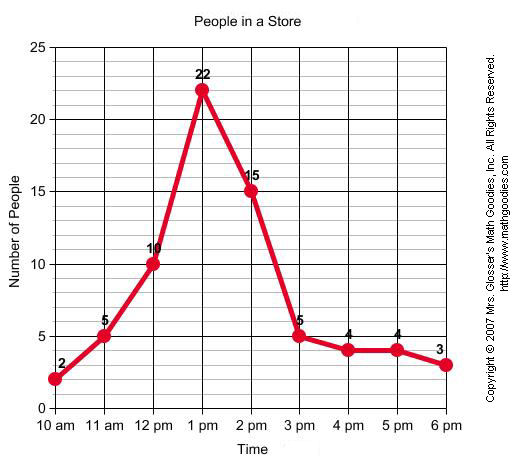

Because a line graph relies on a single strain of unbroken data, at least one variable of a line graph should be continuous. As each line is represented by a different color, multiple types or groups of data can be tracked at the same time and compared against each other seamlessly. In the example above, it is very easy to compare the quantity of three different types of costs in a single visual. Comparing changes across more than one group.Compared to other types of charts, a line graph can be formatted to have very small increments on the y-axis that make is more clear how tiny changes across time have occurred. The range displayed on a graph can be changed to better zoom into data that may not vary too widely. Each period was a year, but line charges can be broken into days, weeks, months, or other quantities of time (i.e. A line graph is usually formatted with the time periods on the x-axis and the quantity of occurrence on y-axis. A simple line chart is created using the input vector and the type parameter as O. Many of these formatting items can be adjusted. col is used to give colors to both the points and lines. This will create a line graph similar to the one below where each data point is marked with a larger point and these points are connected with a thinner line. On the Insert tab, in the Charts group, click the Line symbol ("Insert Line Chart").If you want your graph to include headers and labels, select the first row and first column For example, selecting A1:D7, the x-axis can be labeled as 'Years' and the y-axis can be labeled as 'Count of Animals'. After inputting in your values, select the range (whatever range encompassing those values).For each cell that corresponds to a header and year, enter a relevant figure. In the example below, the data is broken up by year, so the years 2017 through 2022 are listed in the first column. in the example below, the headers differentiate data by animal). These columns will describe the different sets of data (i.e. Enter your desired column headers in Row 1.While line graphs are used across many different fields for different purposes, they are especially helpful when it is necessary to create a graphical depiction of changes in values over time. These data points, connected by straight lines, aid in visualization. Line graphs use data point "markers," which are connected by straight lines. In finance, line graphs are used to create visual representations of values over time, including changes in the prices of securities.While line graphs are used across many different fields for different purposes, their most common function is to create a graphical depiction of changes in values over time.In investing, in the field of technical analysis, line graphs are quite informative in allowing the user to visualize trends.Line graphs consist of two axes: x-axis (horizontal) and y-axis (vertical), graphically denoted as (x,y).A line graph connects individual data points that, typically, display quantitative values over a specified time interval.


 0 kommentar(er)
0 kommentar(er)
